Overview:
Robotic surgery is a state-of-the-art minimally invasive procedure that utilizes robotic systems to enhance precision and control during surgery. This advanced technology provides a 3D, high-definition view and allows the surgeon to perform delicate and complex procedures with enhanced dexterity.
Benefits:
Smaller incisions with minimal scarring
Faster recovery time
Enhanced precision for complex cases, such as endometriosis and fibroids
Reduced pain and shorter hospital stays
Improved outcomes in fertility-preserving surgeries
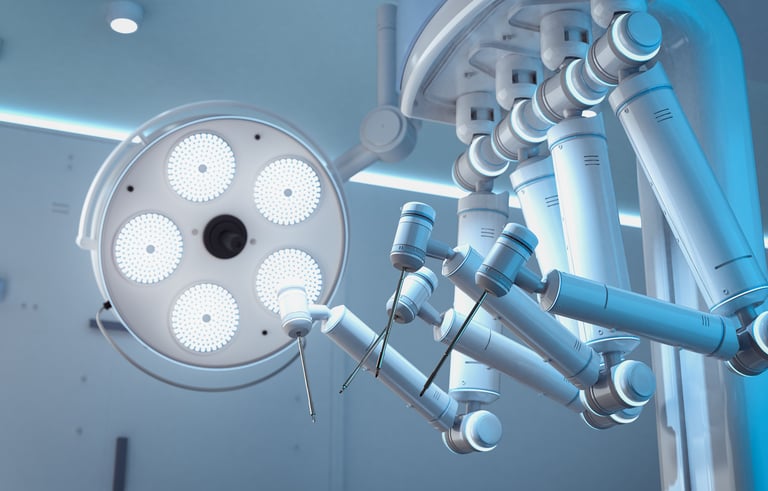

Robotic Surgery

Overview:
Laparoscopy is a minimally invasive surgical technique often used for diagnosing and treating conditions such as endometriosis, ovarian cysts, uterine fibroids, and infertility. A small camera and instruments are inserted through tiny incisions in the abdomen to visualize and treat the problem.
Benefits:
Quicker recovery compared to open surgery
Minimal scarring
Accurate diagnosis and targeted treatment
Shorter hospital stays
Reduces complications and preserves fertility in many cases
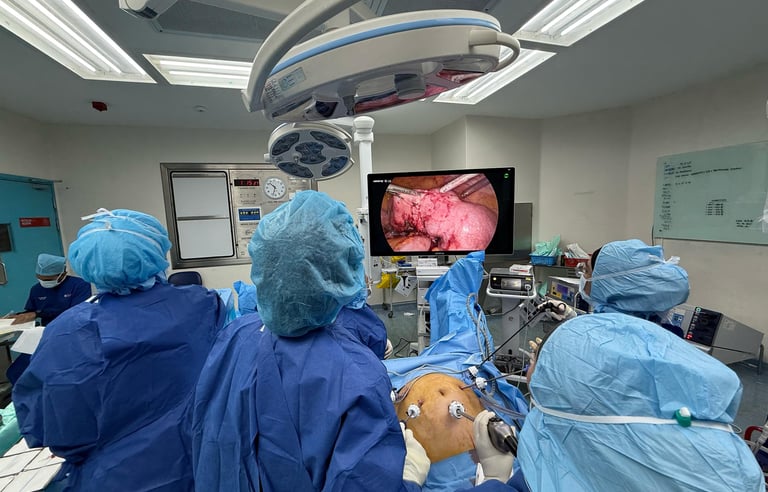

Laparoscopy
Overview:
Hysteroscopy involves inserting a small camera through the cervix to view the inside of the uterus. It is used to diagnose and treat uterine conditions, including polyps, fibroids, and heavy menstrual bleeding. Endometrial ablation is a treatment for heavy periods to reduce or stop menstrual flow.
Benefits:
No incisions required
Can be performed as a day procedure
Provides a clear diagnosis of uterine issues
Effective in treating heavy menstrual bleeding, endometrial polyps and submucuous fibroids
Minimally invasive and low risk
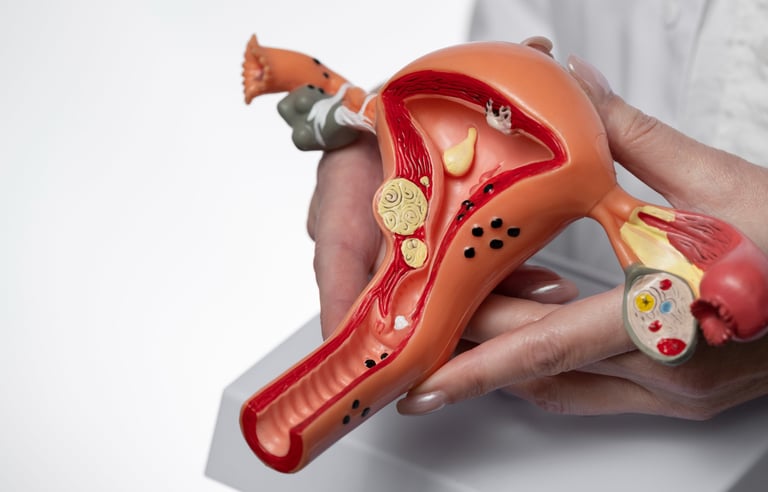

Hysteroscopy and
Endometrial Ablation

Overview:
Microwave ablation is a minimally invasive procedure used to treat adenomyosis and uterine fibroids. It uses microwave energy to heat and destroy abnormal tissue, providing relief from pain and heavy periods without the need for major surgery.
Benefits:
Minimally invasive with quick recovery
Preserves the uterus, ideal for women wanting to maintain fertility
Effective in reducing heavy bleeding and pelvic pain
Short procedure time with minimal downtime
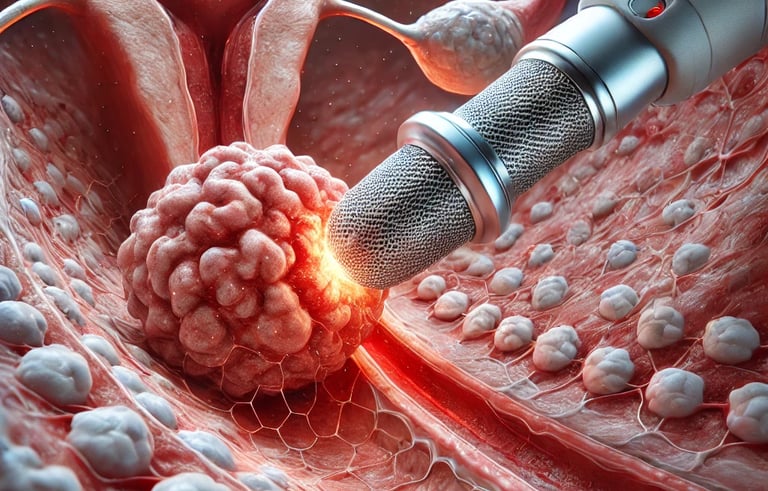

Microwave Ablation
Overview:
Fertility treatment is not limited to in-vitro fertilization (IVF). Preparing the body before IVF is crucial, including hormonal optimization, dietary changes, and lifestyle adjustments.
Benefits:
Personalized and targeted care for each stage of the fertility journey
Addresses underlying causes of infertility
Focuses on holistic preparation to improve IVF success rates if needed
Offers alternatives to IVF, such as IUI and surgical corrections
Enhances the chances of natural conception in many cases


Fertility Treatment Options
Overview:
Laser surgery is a precise technique that uses focused laser energy to remove or shrink endometriotic tissue. It’s especially helpful for:
Painful endometriotic implants deep in the pelvic area.
Persistent pelvic pain affecting daily life.
Women wanting to preserve fertility while managing their symptoms.
Advanced endometriosis requiring precise treatment.
Benefits:
Precise Targeting: The laser removes only the affected tissue, protecting healthy organs—crucial for fertility preservation.
Less Pain, Faster Recovery: Smaller incisions mean less damage and a smoother healing process.
Better Fertility Chances: Reduces scar tissue, helping women who plan to conceive.
Effective Symptom Relief: Helps manage pain and discomfort caused by endometriosis.
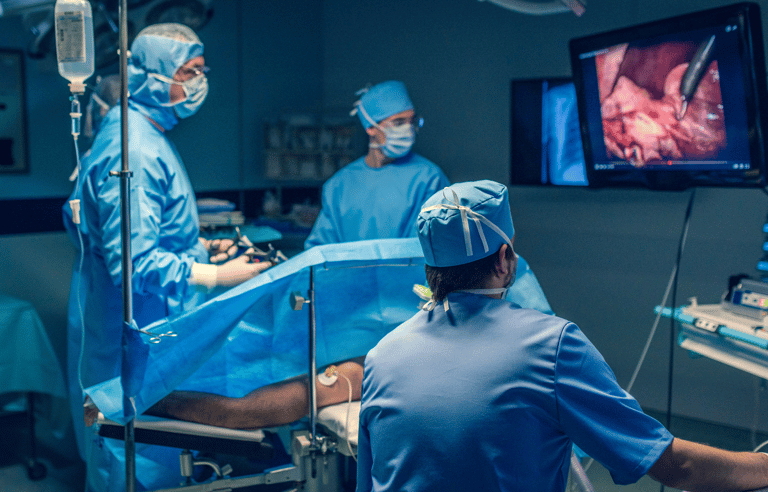

Laser Surgery
Overview:
Laparotomy is an open surgical procedure performed through a larger incision in the abdomen. It is typically used for more complex cases, such as removing large fibroids, ovarian cysts, or addressing advanced endometriosis.
Benefits:
Allows for comprehensive treatment of complex conditions
Ideal for cases where minimally invasive techniques are not suitable
Provides a thorough view of the abdominal cavity
Effective for large or multiple fibroids and tumors
Can be used for cancer treatment or advanced gynaecological conditions








